LATVIJA.FM
From Dainas to Digital: The Evolution of Latvian Folk Poetry
Latvia’s dainas—concise four-line folk verses passed down orally for centuries—are more than echoes of a rural past. These lyrical fragments, rich in rhythm, metaphor, and symbolic wisdom, form the spiritual DNA of Latvian identity. While once sung in meadows and memorized around hearths, dainas now find new life in digital poetry slams, experimental music, and social media aesthetics. Their structure and soul continue to inspire modern creators, bridging ancestral voices with contemporary expression and reminding a tech-savvy generation of their poetic roots.
The Ancient Pulse: What Makes a Daina a Daina
Dainas are not merely short poems—they are the distilled essence of Latvian worldview. Each four-line verse, carefully measured in syllables and stresses, packs layers of meaning into a deceptively simple form. They speak of love and loss, the rhythm of the seasons, the tension between fate and choice. With no rhyme and minimal embellishment, dainas rely on repetition, metaphor, and symbolic clarity to transmit emotion and wisdom. Their oral tradition—kept alive for generations by women, especially—allowed them to adapt and flourish without being frozen by canon or authorship. The daina's genius lies in its economy: just four lines, and yet entire universes unfold—gods whisper, meadows sigh, mothers weep, and suns rise.
Krišjānis Barons and the Cabinet of Song
The survival of dainas owes much to the 19th-century folklorist Krišjānis Barons, who undertook the monumental task of collecting and systematizing these oral gems. His Cabinet of Folk Songs (Dainu skapis), containing over 1.2 million paper slips, remains one of the most remarkable archival projects in European folklore history. Barons did not just collect texts—he elevated them to the level of national scripture. At a time when Latvia was awakening to its cultural identity, dainas served as proof of a people’s enduring voice. Today, Dainu skapis is a UNESCO Memory of the World artifact, and the verses it holds continue to be mined for insight, inspiration, and resilience.
Modern Echoes: From Rock Lyrics to Visual Poetry
In post-independence Latvia, dainas have taken on new roles. They’ve been sampled in electronic music, transformed into lyrics by bands like Skyforger and Iļģi, and reinterpreted in visual art and performance pieces. Contemporary poets use the daina form as a skeleton for free verse or haiku-like meditations. Some manipulate the four-line structure digitally—integrating it into typography, generative art, or interactive installations. The daina, once shaped by oral improvisation, now plays freely in new media. Even on platforms like Instagram and Twitter, where brevity is key, young Latvians weave folk motifs and verse snippets into posts that reawaken ancestral connections with every swipe.
Code and Culture: Digital Humanities and the Daina
The digital age has not only given poets new tools, but scholars too. Initiatives like the Digital Dainu Skapis and AI-assisted daina classification projects allow for new ways of understanding, grouping, and comparing thousands of texts. Using metadata, machine learning, and linguistic analysis, researchers are discovering patterns across regions and generations, uncovering how themes shift depending on geography, gender, or historical context. This is not mere digitization—it’s a rebirth of context, showing how dainas evolved in symbiosis with Latvian life. As we chart the movement from oral to printed to pixelated form, we realize that digital tools are not replacing tradition but amplifying it.
The Future Sings Back: A Living Tradition
What ensures the endurance of the daina is its flexibility—it lives wherever Latvians do. Whether in diaspora communities hosting folk evenings in Canada or experimental poets composing four-line tweets in Rīga, the daina remains both mnemonic device and identity anchor. It survives not by resisting change, but by welcoming it. Children now learn dainas through interactive apps. Artists remix verses into fashion, film, and animation. The verse that once circled fires under starry skies now glows on touchscreens, still carrying its quiet wisdom forward. Dainas were never just about the past—they were always invitations to sing today.
